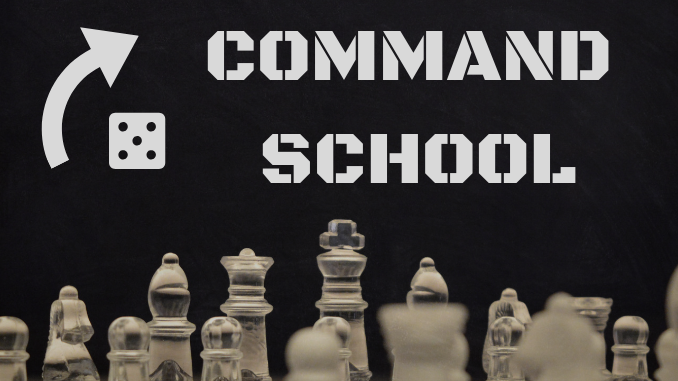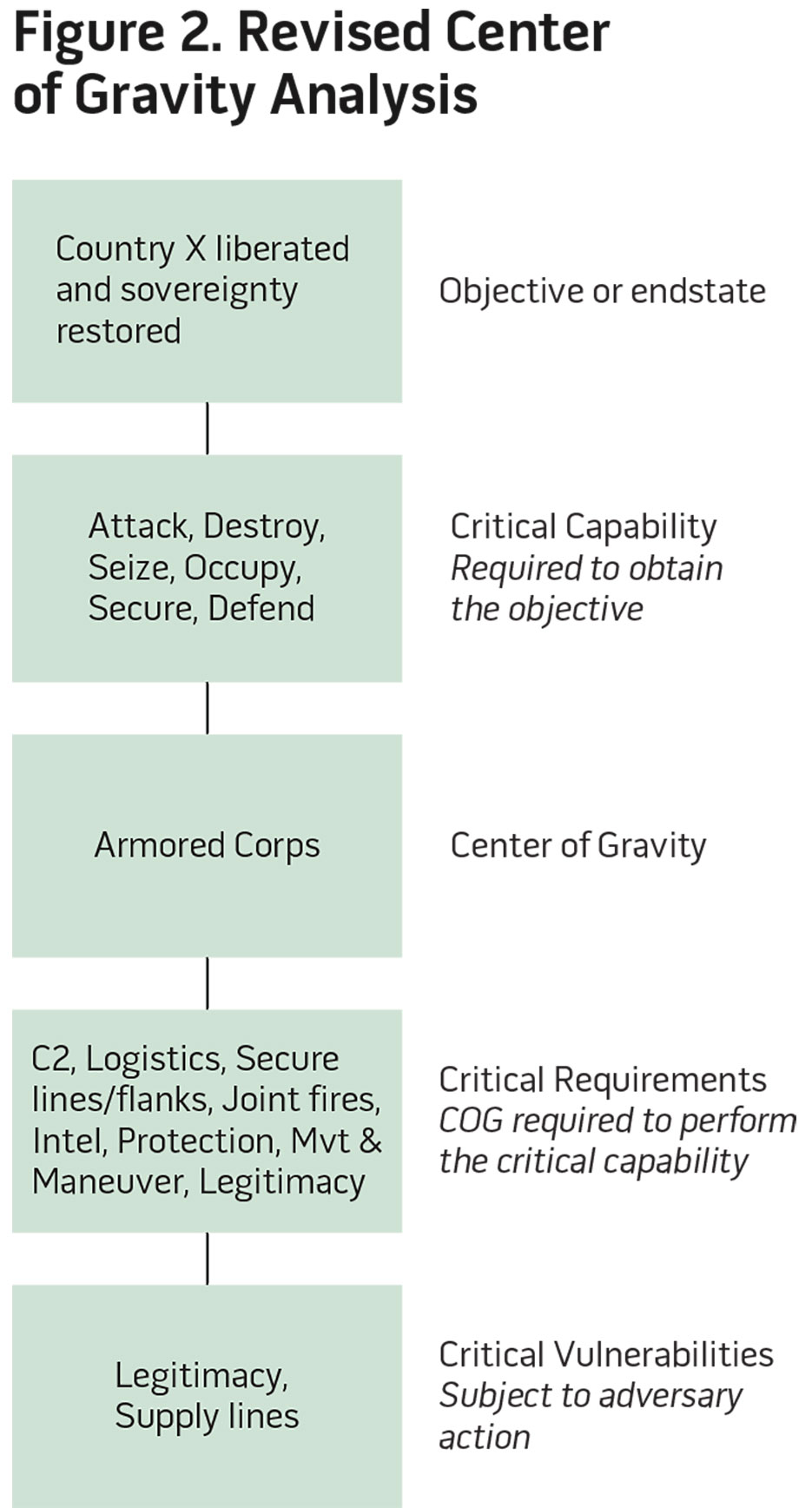
“Water shapes its course according to the nature of the ground over which it flows; the soldier works out his victory in relation to the foe whom he is facing.” – Sun Tzu, Chapter VI: Weaknesses and Strengths, The Art of War
I hope everyone is getting as much mileage out of this cliche Sun Tzu quote as I am. As I alluded to in my post on schwerpunkt, there is a tool of analysis called centers of gravity. I think in that post I used the Canadian centre, so my apologies for that. In penance, I’ll open up and explain this tool now.
And of course, in typical Command School fashion, I’ll include a Star Wars Rebellion example.
Centers of Gravity (CoG)

https://ndupress.ndu.edu/Media/News/Article/969689/lets-fix-or-kill-the-center-of-gravity-concept/
While the eminent strategic historian Lawrence Freedman may want to retire the term for real life conflicts, don’t let that scare you off. Don’t worry, of course there is a debate. What follows is a simple introduction to centers of gravity which, owing to the abstraction and simplification of games, may be even more applicable to games than in the much more complicated game of life.
Let’s use Dale Eikmeier’s modernized terms. We can use the same process for friendly and opponent CoG analysis. I’ve reproduced an explanatory diagram from his article on the topic on the right.
First, one must establish what the friendly or opponent objective or end state is. This drives the analysis, ensuring we are focusing on the strategy, not the tactic. In our example box from Eikmeier to the right, the end state is the liberation, presumably from hostile military occupation, of the boringly named Country X.
With that in mind, the next step is to identify the primary, critical capability needed to obtain the objective or achieve the end state. This is the critical capability which must be generated by the friendly actor, or disrupted in the opponent. These are capabilities—abilities, and thus verbs—not objects or actors. The example capabilities are common mission task verbs which would be part of a campaign plan to achieve the liberation of Country X.
Knowing the critical capability, we can now determine the center of gravity (CoG). This is the actual entity, a noun, that possesses the critical capability. It is the thing that can do the thing, if added vagueness helps. In the example, this is a (friendly) Armored Corps, a large and powerful group of land forces.
Critical requirements are those requirements that the CoG needs to perform the critical capability. Rephrased: without these requirements, the CoG cannot do the critical capability, and thus cannot achieve the end state. Our example lists a bunch army stuff that is needed by the Armored Corps to do its job.
Critical vulnerabilities are either critical requirements, or parts/supporting elements of critical requirements, that are vulnerable to the opponent’s activities. This is how your opponent can mess with your CoG, or how you can attack your opponent’s CoG. In the example, sure, the Armored Corps is quite the tough formation, but it needs supplies and the legitimacy of the mission to keep the tanks rolling. Deprived of those, perhaps first legitimacy leading to insurgent attacks on supply lines, the armored advance might grind to a halt.
Explanatory Example: Star Wars Rebellion
Let’s try an example.
Suppose the Imperial player in Star Wars Rebellion plans to spread her fleets thinly and broadly so that she can sweep the galaxy and root out the Rebel scum. This presents a problem in that, while numerically superior across the galaxy, this could allow the Rebels to mass forces and gain local superiority. So, to prevent this, she decides to stop the Rebels from building capital ships. But how?
Here’s the quick analysis:
- Objective: Prevent the Rebels from achieving local space superiority.
- Critical Capability: Rebel ability to build capital ships.
- Center of Gravity: Rebel Political leaders, especially Mon Mothma.
- Critical Requirements: Freedom of action / movement (must be able to deploy to planets to secure Loyalty / use Mission Cards to place units on Build Track). Except for Special Mission Cards, must maintain Loyalty until the Build step in the Refresh Phase.
- Critical Vulnerabilities: Rebel CoG must deploy and remain on board, this presents an exploitable vulnerability for capture by Special Ops missions, especially using Boba Fett or Vader. Rebel Loyalty can be disrupted by Subjugation (landing ground troops) or by Political Cards.
So this would drive tasks like capturing key worlds like Mon Calamari and Utapau, or at least threatening them with ground troops, the recruitment of Boba Fett, and laying traps to capture Mon Mothma. But our Imperial player must take care to continue with her main strategy of rooting out the Rebel base, balancing her search with her plans to disrupt this Rebel CoG.
Conclusion and Homework
Try applying this CoG analysis to a recent win or loss in a tabletop or video game. Do you find it helps think through how to protect your key assets and eliminate your opponent’s? Let us know in the comments.
Until next time, class dismissed.
Christopher Hunt
Latest posts by Christopher Hunt (see all)
- Command School – Deterrence and Compellence - July 11, 2019
